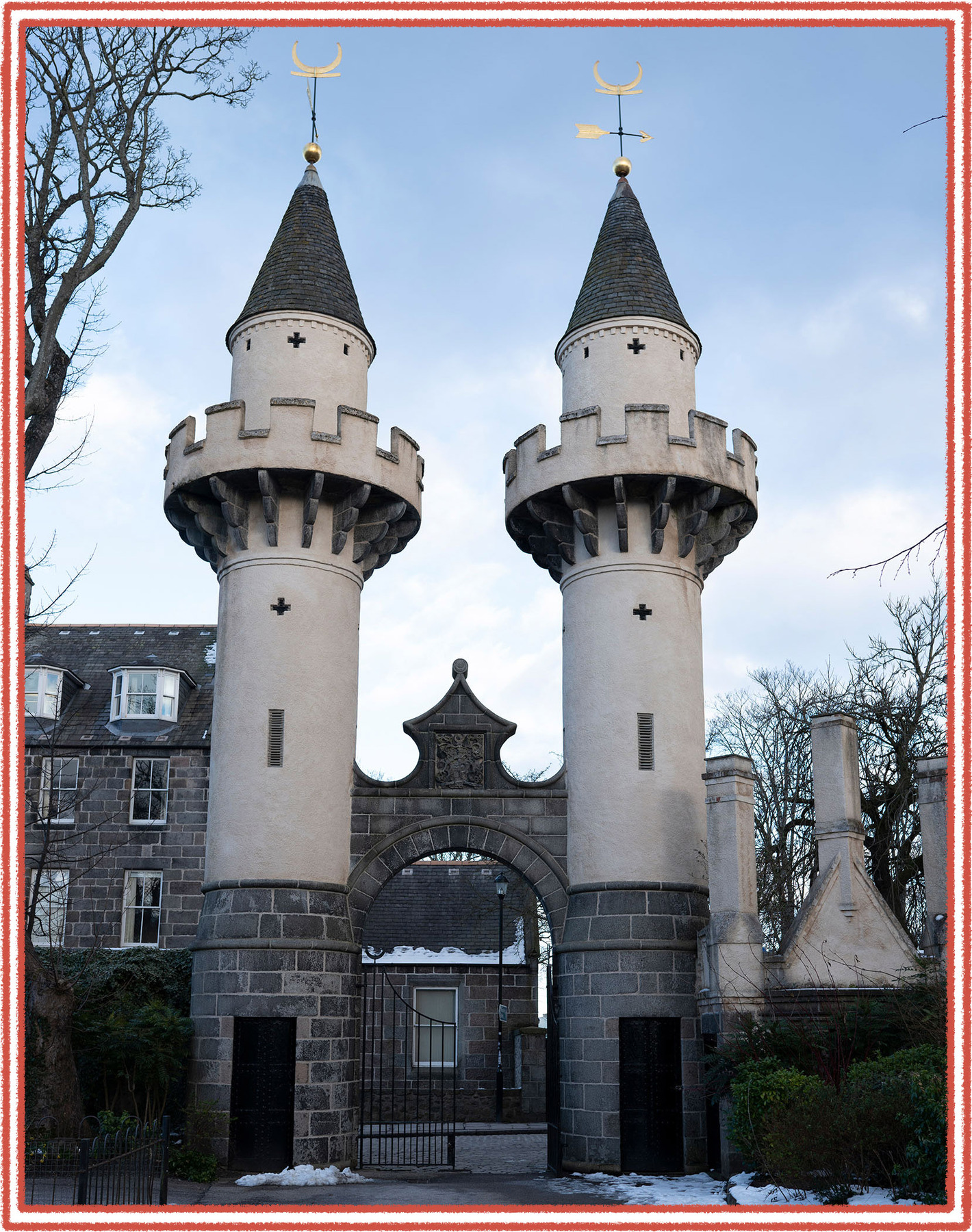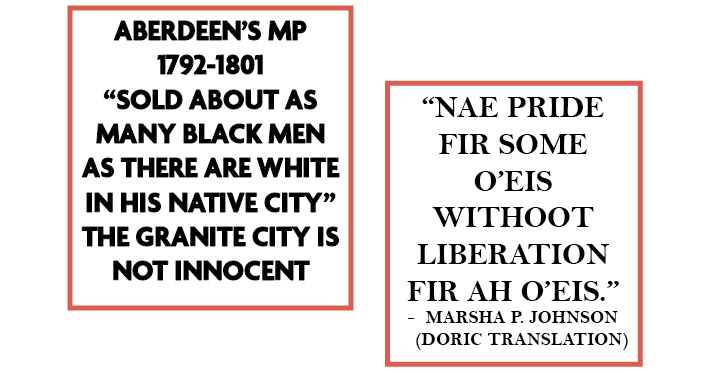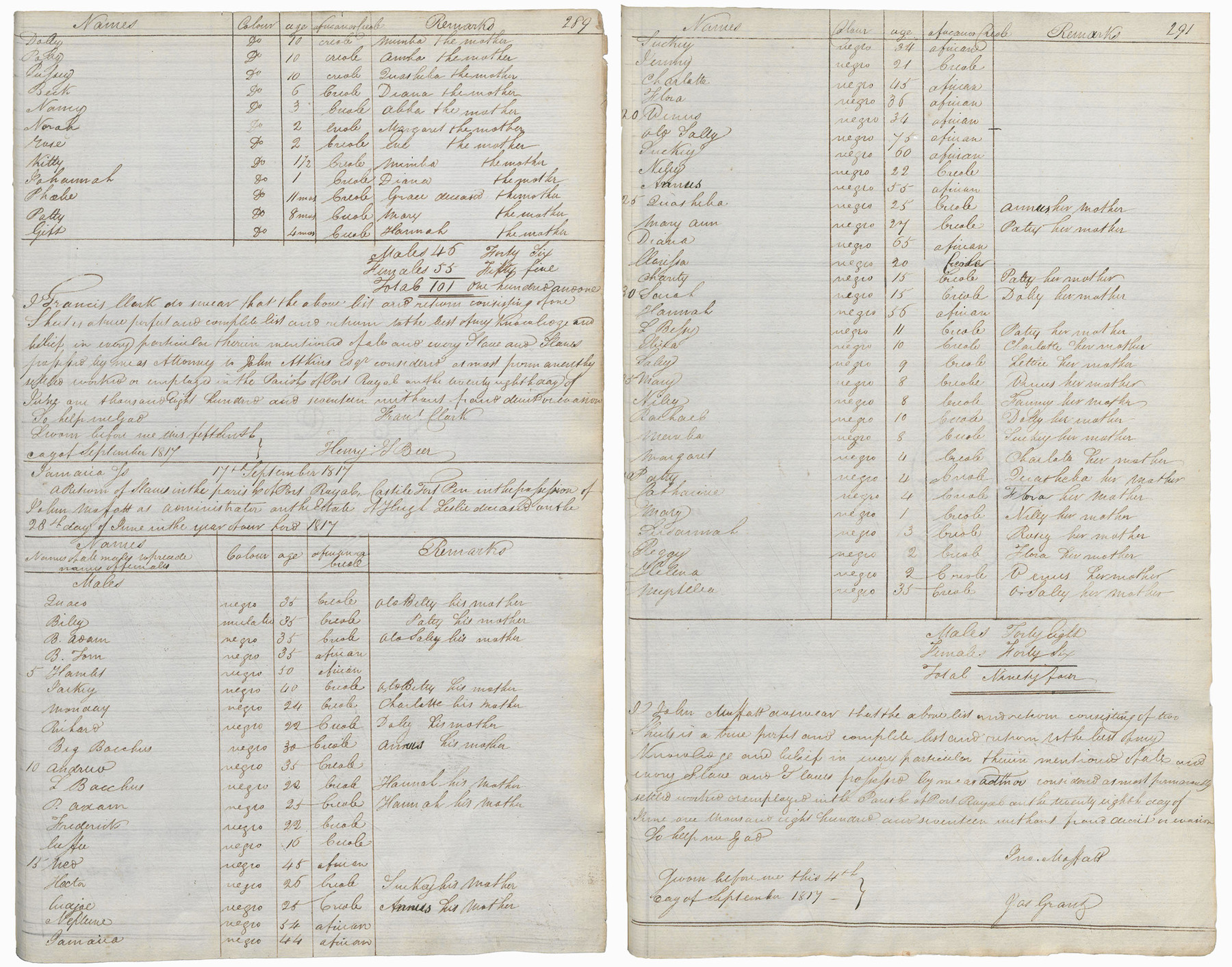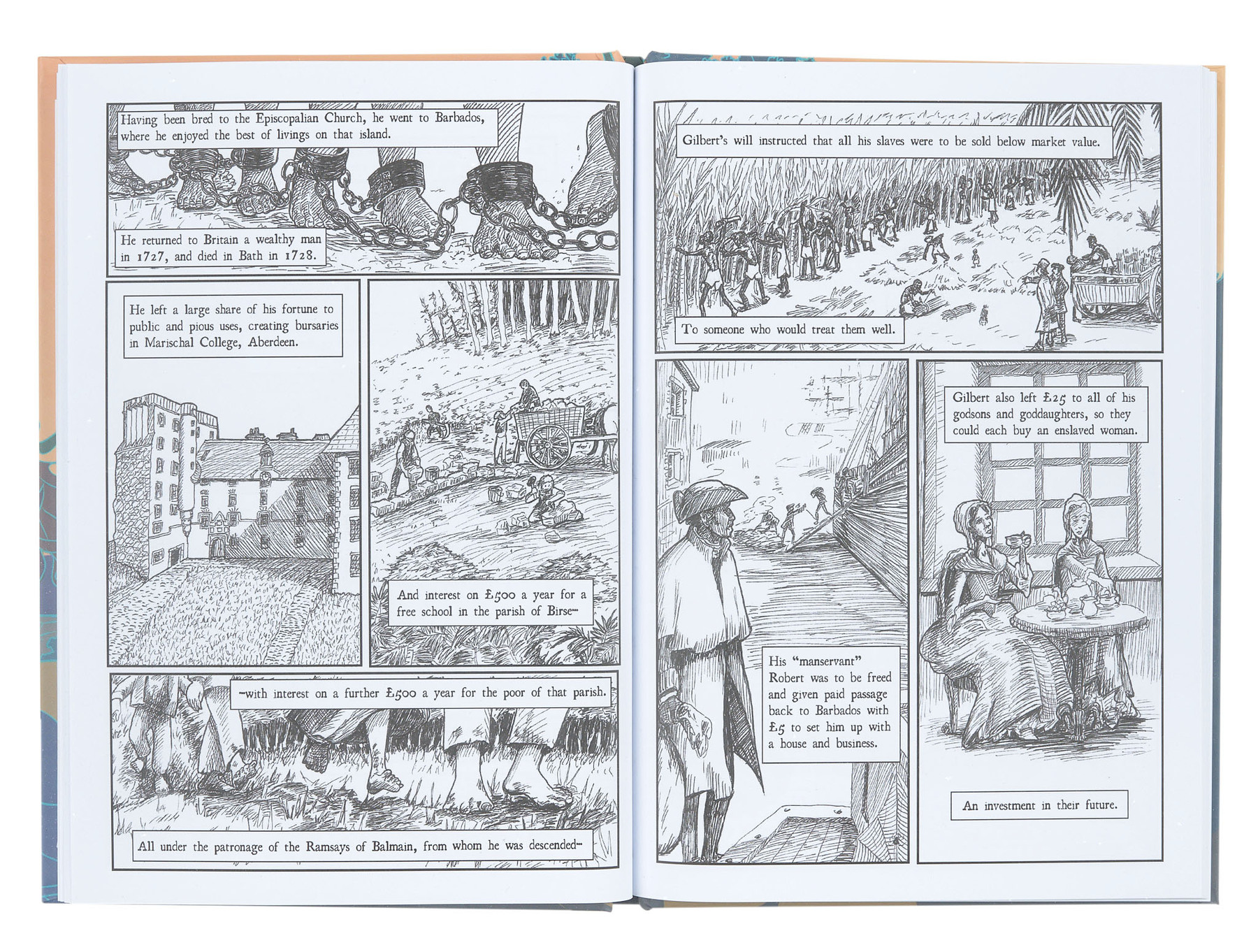Now


Legacies of slavery are visible in Aberdeen today in street names, built heritage like the Powis Gateway, in wealth still held by the university and other institutions, and in racist beliefs and actions. What now?

Black Lives Matter protests in 2020 brought the legacies of slavery to wider public attention across the world.
George Floyd’s murder by a police officer in the USA led to protests, including one in Aberdeen on 13 June 2020. Activists highlighted Powis Gateway, built by the Leslie family with wealth from slavery, as the most visible symbol of slavery in Aberdeen. The University subsequently commissioned an Aberdeen City Council commemorative plaque for the gateway to acknowledge its history and the injustice done to the people enslaved by the Leslies. In 2021 the gateway featured in an artwork - The Violence of Identity - with Noon Salah Eldin, a local poet, and ceramics by Helen Love.

Quotes from Black Lives Matter protest placards used in Aberdeen
THE GRANITE CITY IS NOT INNOCENT
Alexandar Allardyce, MP for the Aberdeen Burghs constituency, became rich selling enslaved people in Jamaica.
'NAE PRIDE
Adaptation of a quote from African-American drag queen and gay rights activist Marsha P. Johnson.

Ceramic medallions by Helen Love
Created as part of the artwork The Violence of Identity, these medallions were inspired by Josiah Wedgwood’s pro-abolition medallions from 1787. They feature the imagined image of ‘Quasheba’, a woman enslaved by the Leslie family. In contrast to the enslaved man on Wedgwood’s medallions, who is depicted in chains and kneeling, Love ‘wanted to make Quasheba as I imagined her, proud, looking straight out at the viewer.’

List of enslaved people in Castile Fort Pen, Jamaica.
A census taken in 1817 in Castile Fort Pen, Jamaica, which was owned by the Leslies of Powis, records the names and ages of enslaved people and, for some of them, the names of their mothers. There are 30 children under twelve years old.
The column ‘Colour’ uses the racist categories of the time to classify people, while another column defines them as being either ‘Creole’ or ‘African’. Within this document, the term ‘Creole’ designated those born to enslaved people in Jamaica.
Many of the enslaved people had European names imposed on them. Some have names showing West African heritage, in particular names used by the Akan people of present-day Ghana to refer to the day of the week the child was born. Quasheba, a woman aged 25, has a name given to a girl born on a Sunday.

Aye, It Wis Aabody: a story of Scotland's role in the slave trade
This graphic novel was produced by Birse Community Trust in 2019. The village of Birse, like Marischal College, benefited from wealth given by Gilbert Ramsay, who was from Birse. The book explores how Ramsay acquired his wealth through slavery in the Caribbean, how that wealth was used in Birse to build a school and help the poor, and the lives of those who were able to attend Marischal through Ramsay's bursaries.







